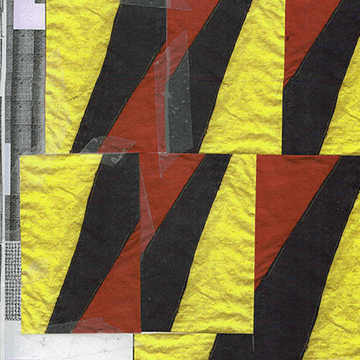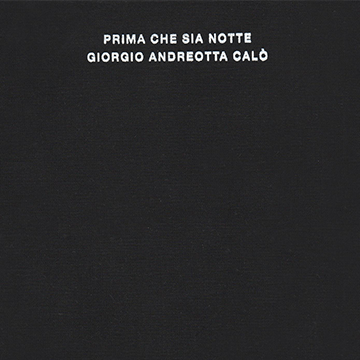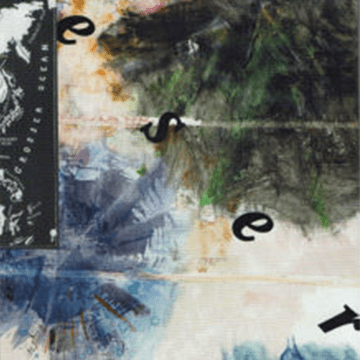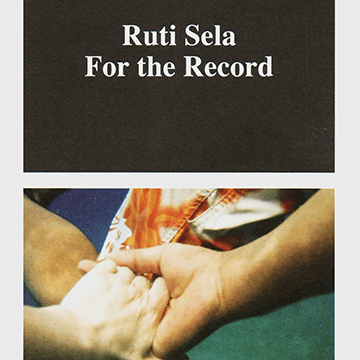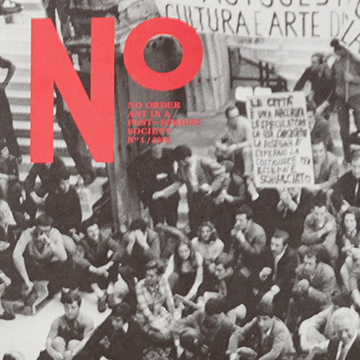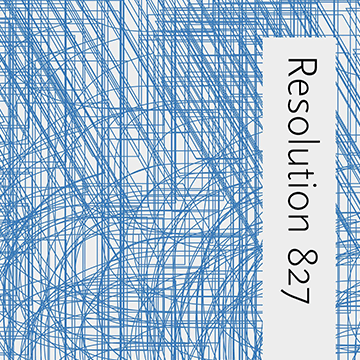Published on the occasion of Carla Filipe’s show da cauda à cabeça (from tail to head), this monograph, the first ever dedicated to the artist, focuses on the project presented at Museu Coleção Berardo, with an essay by the curator Pedro Lapa, and a comprehensive documentation of the show. It also refers to a number of previous projects selected or especially created by Carla Filipe. The book features additional texts by Vít Havránek and Pedro G. Romero, and an interview with Stephan Dillemuth, contextualize both the artist’s work and this project in particular, which summarises to some extent the artist’s investigation into Portuguese railroads. The publication was conceptualised by Carla Filipe in close collaboration with Gonçalo Sena, who also designed it.
Category: Titles
Prima Che Sia Notte
This monograph has been published in connection with the MAXXI’s Premio Italia Contemporanea prize that Giorgio Andreotta Calò won in 2012 and was developed in collaboration with him focusing on his installation Prima Che Sia Notte. The work of Calò — performative and ephemeral — rests at the intersection of art and architecture. He intervenes on buildings and landscape, appropriating and transforming architecture and space into symbolic and aesthetic experiences. His most significant works include a series of walks that took him 1,600 miles through France, Spain, and Portugal, or 98km along the abandoned coastal train line in Lebanon, or the appropriation of the abandoned parliament building in Sarajevo which he illuminated from sunset to sunrise with an artificial light.
Eser
Eser is a comprehensive publication on Judith Raum’s works, installations and lecture performance texts from 2011 to 2014. It is also a theoretical reader and material collection on the semi-colonial advance of German entrepreneurs and bankers into the Ottoman Empire before World War I in connection with the construction of the Anatolian Railway. In this frame, the logic of capitalism and geopolitical interests connected the engineers’ tasks with less obvious efforts: to get a hold of Anatolian agriculture, archaeology and the working conditions in the country. Judith Raum’s work suggests that gestures and rhetoric of power and domination are the consequences of an economic principle that did not end with the colonial era and in fact persist today. Her works and texts take her research on site and in archives as a starting point, they exhibit an autonomous aesthetic dimension, however, and as such suggest an alternative approach to ‘artistic research’.
For The Record
For over a decade Ruti Sela’s work has been focused on activating and documenting power relations as these are performed around the camera through sexuality, militarism, parenthood, and professional relations. Under the conditions of neoliberal optics of entertainment and surveillance, Sela’s films offer a groundbreaking visual ethics which is explored in this book by Yair Garbuz, Vít Havránek, Julia Moritz, Joshua Simon, Eduardo Thomas and Ana Teixeira Pinto.
No Order
No Order editorial research focuses on the relationships between contemporary art systems and capitalism’s production processes. By means of an investigation into current creative industries – and their social, economic and semiotic assemblages – the contributions (essays, interviews and dialogues as well as artists’ projects) aim to deconstruct, analyse and intervene within the ambit of the procedures and forms of cognitive capitalism. It concentrates, in particular, on the phenomena of the ‘biennalisation’, ‘financialisation’ and ‘spectacularisation’ of the political, beginning with the control and distribution of forms of artistic education, production and display on a global scale.
Resolution 827
This publication's title references the UN Security Counsel Resolution that in 1993 established the International Criminal Tribunal for the former Yugoslavia (ICTY). It is the outcome of a collaboration between Stedelijk Museum Bureau Amsterdam and the Museum of Contemporary Art, Belgrade. Previously taking the form of an exhibition and artist presentations at SMBA and a panel discussion hosted by the Stedelijk Museum's Public Program, it now finds it result in this publication that brings together various texts by the participating artists, visual documentation of their works and adaptions of the discussions that took place.
